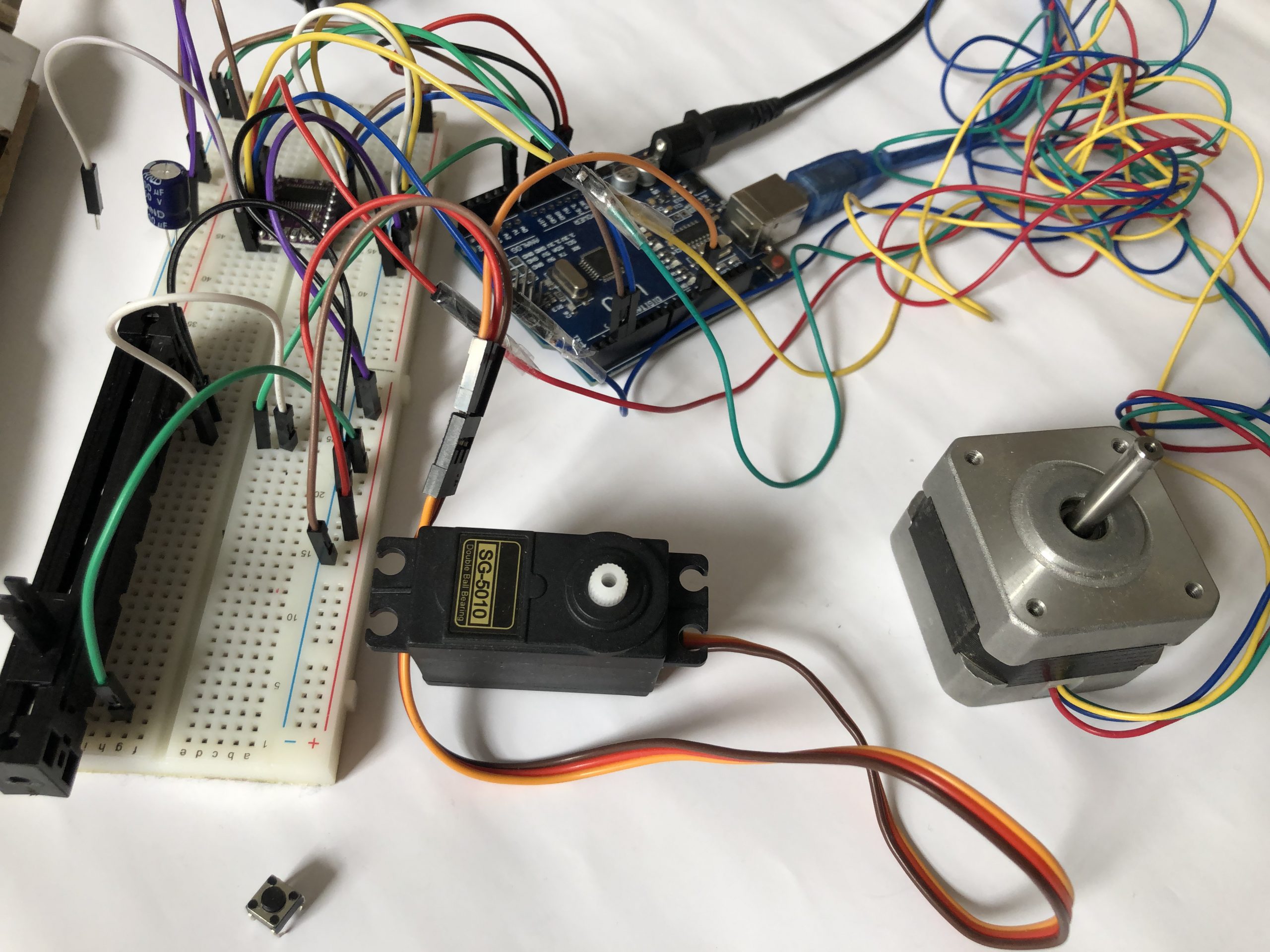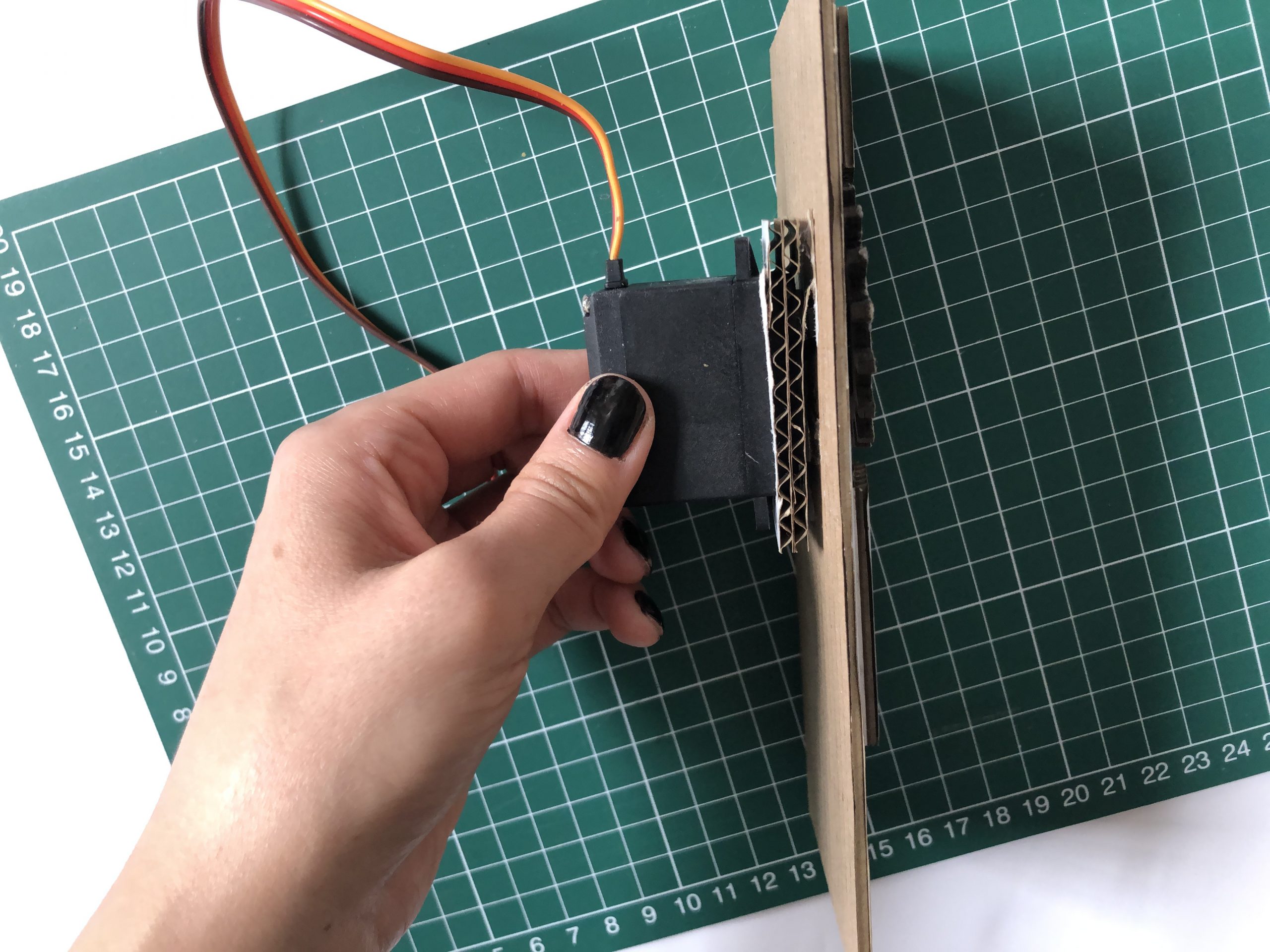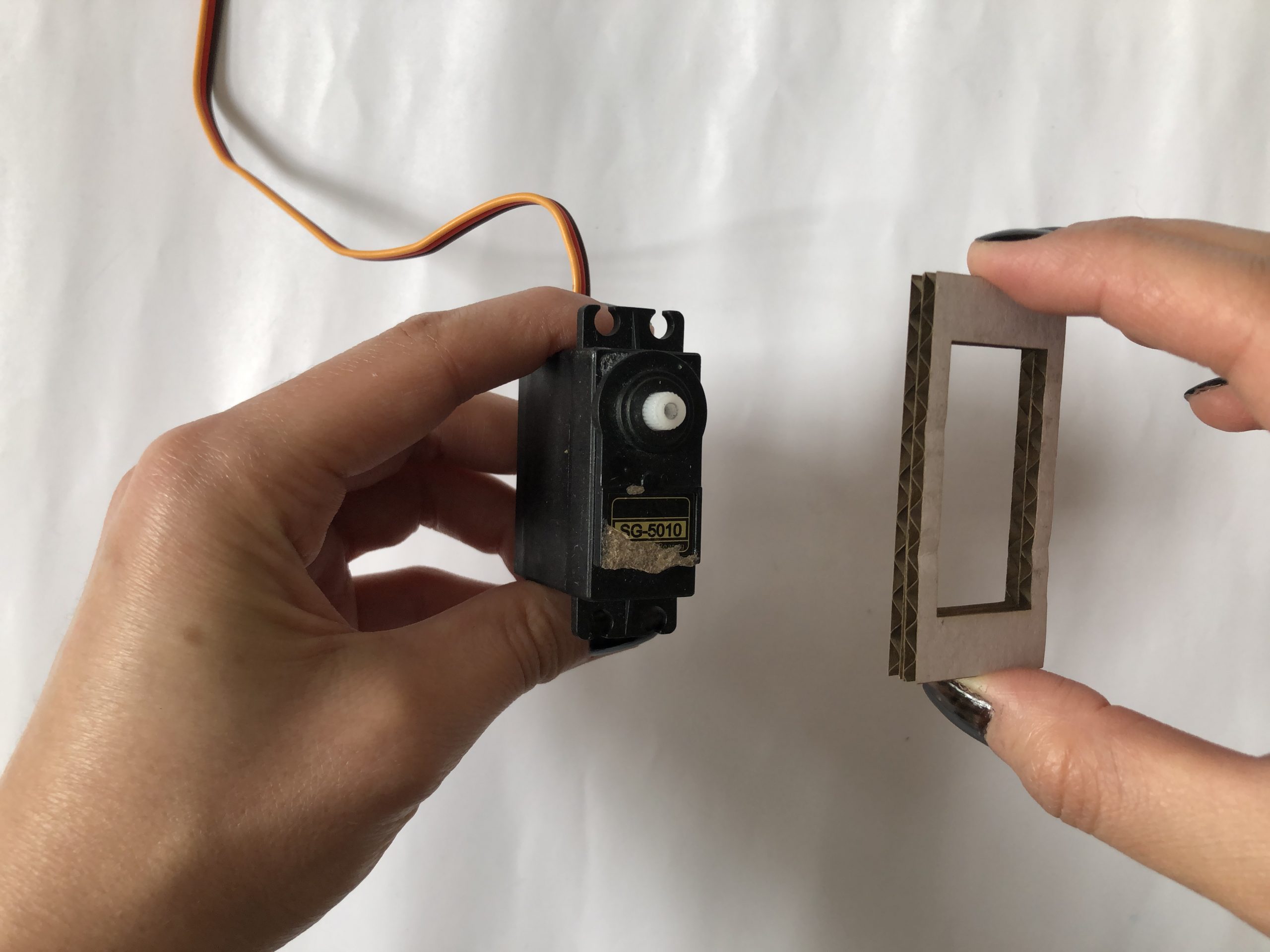Physical representation of everyday data
Data Perspectives: Physical Representations of Everyday Data “Greetings”
“Greetings” prototype connects the everyday data to data objects to introduce physicalization and movement of data. It demonstrates the personal data “Number of Hello and Goodbye” that human can interact with it. This design can be interacted by pressing a button and moving a slider, which causes the movement of alphabet letters in the prototype that represents the number of inputs.
Problem
Representation of data is a big challenge to figure out which data to select and how it represents the moment and specific event. The physicalization of everyday data, which is covered as a five-data diary in this report, shows how challenging it is to find a specific task and connect it to the data object.
Solution
Computer displays have demonstrated several strengths, including their ability to convey visual imagery that is extremely rich in details, and their ability to allow the users to explore data, based on its visual representation. The Physicalization of data lets us explore how we represent everyday life away from the pixel and interfaces.
Tools
- Arduino
- Miro
Team
- 1 Creator
- 2 Professor assistant
- 1 Professor
My Role
- Research
- Create prototype
- Special project
Timeline
- Overall: 5 months
- Research +weekly tasks: 3 months
- Prototype: 4 weeks
Design Process

Related work
The academic research shows data physicalization explores how computers support the cognition, communication, learning, problem-solving, decision making, and physical representation of data. Data physicalization shares the physical, tangible, and material character of physical data representation with visualization.
Five data diaries
Conceptualizing and physicalizing data in the design process is a multidimensional process. It is necessary that the topic should be defined, data sources should identify, the evaluation of technology in the direction of the feasibility of structure and an artifact operated. Each step includes a range of methodologies which includes the method of data analysis, programming building of the electrical system, design, and finally, developing and producing the prototype.
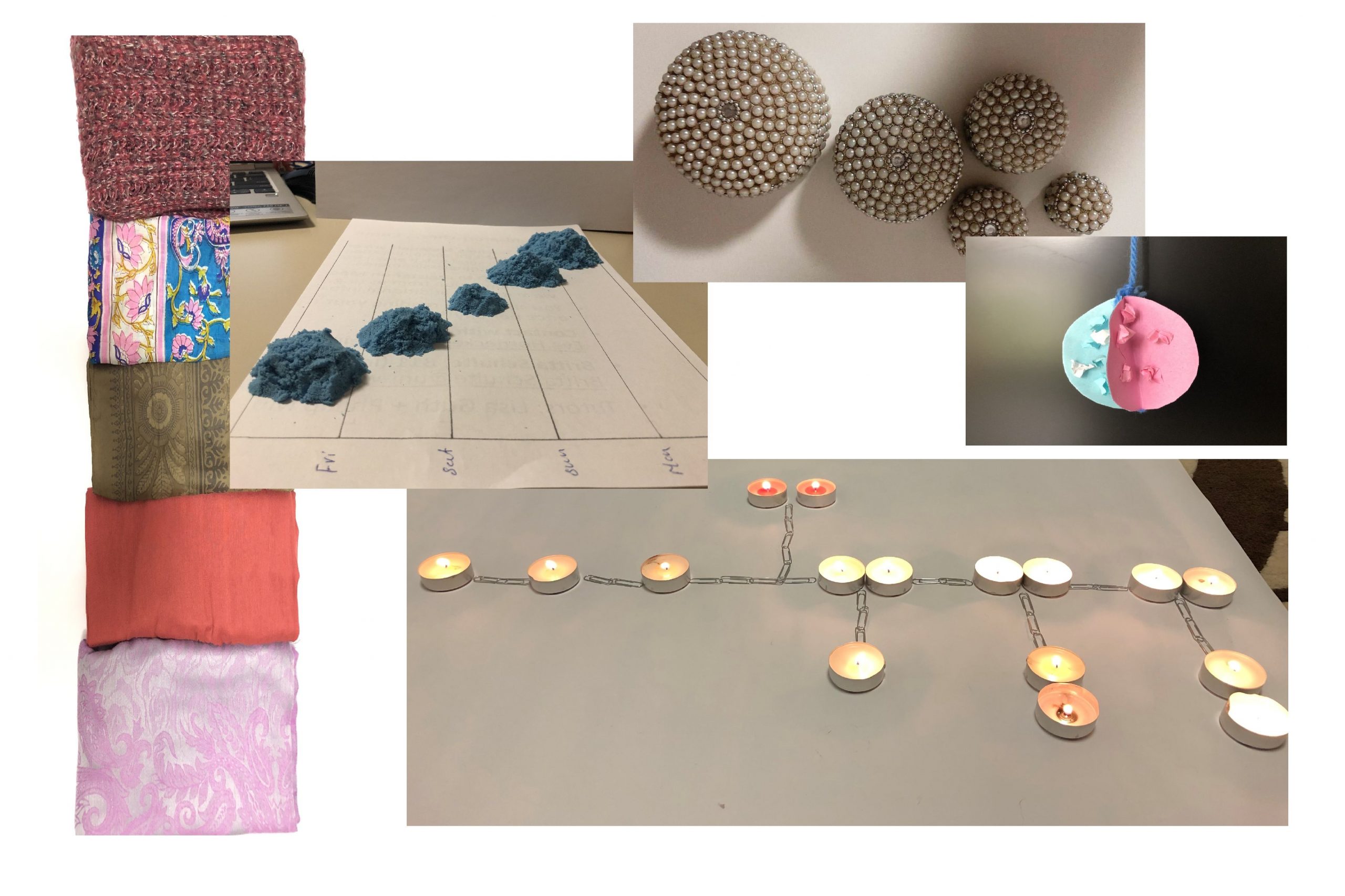
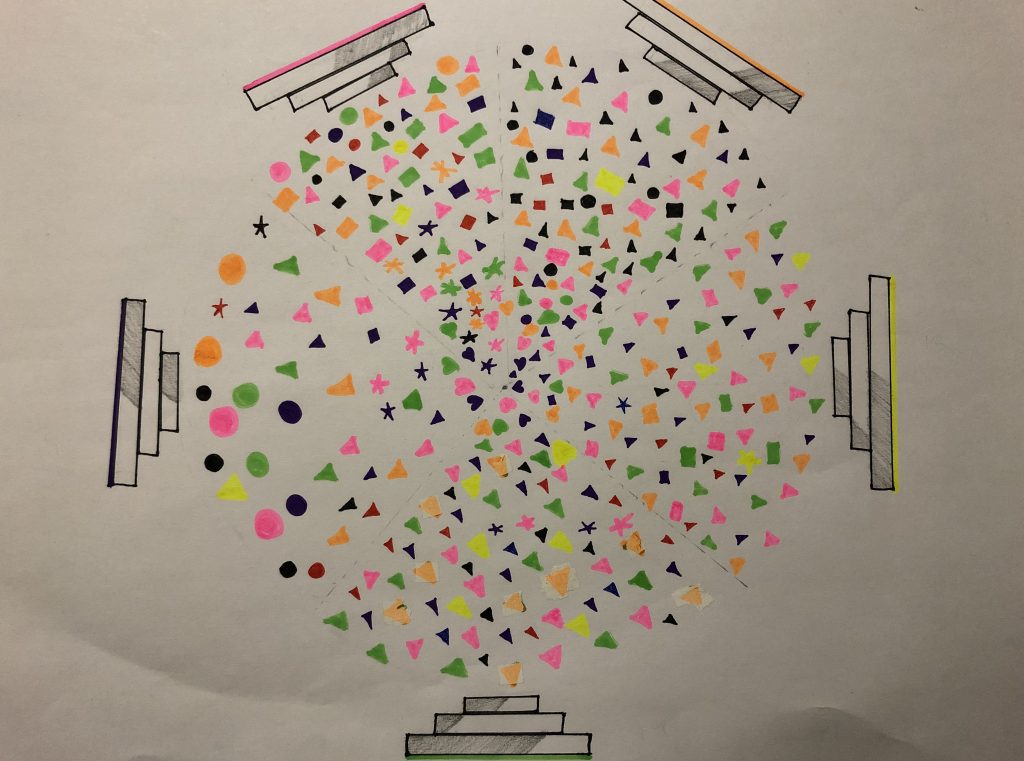

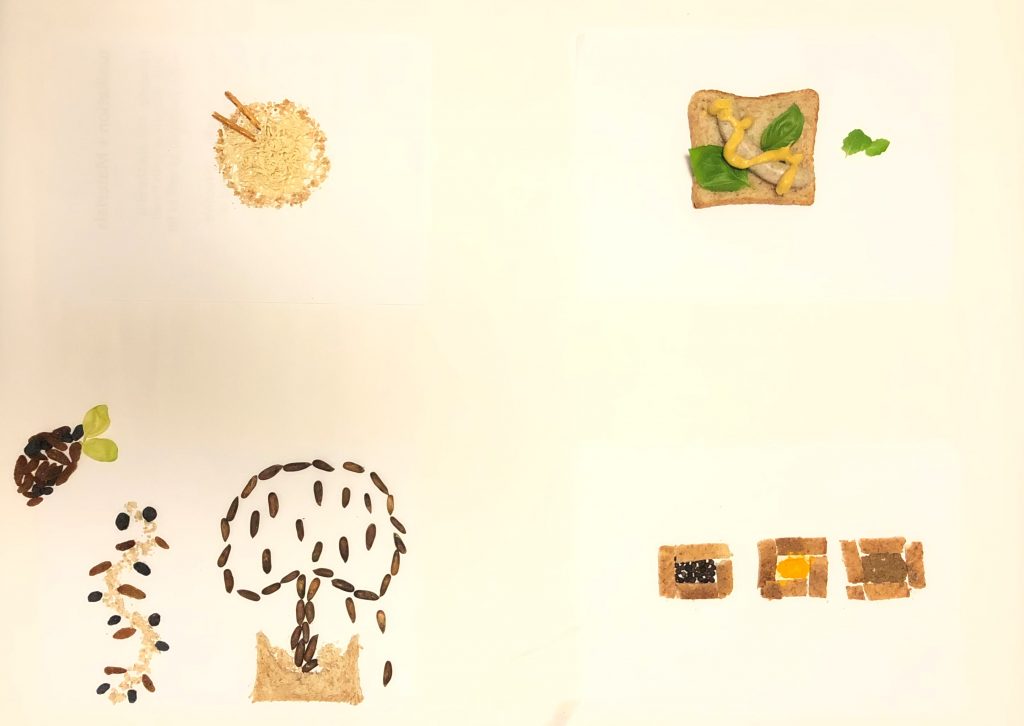
Dairy 1: Hellos and Goodbyes or Apologies and Compliments
In this task, it has been visualized how many times the “Hello”, “Goodbye”, “Apologize” and “Complement” sends and receives by me, within five days.
Diary 2: Routes and Paths
Visualize the routes or paths which have been taken in one week by me. Each color shows a different mood, the straight lines show the path, and the broken line shows when the path changes.
Diary 3: Counting and Categorizing
I tried to show my flatmates and physicalize them as their famous foods of their country. The Chines has been shown by a plate of noodles with the chopstick, the German by the famous sausage and bread. The Indian shown by the boxes of famous spices and the Afghani shown by dry fruit from Afghanistan.
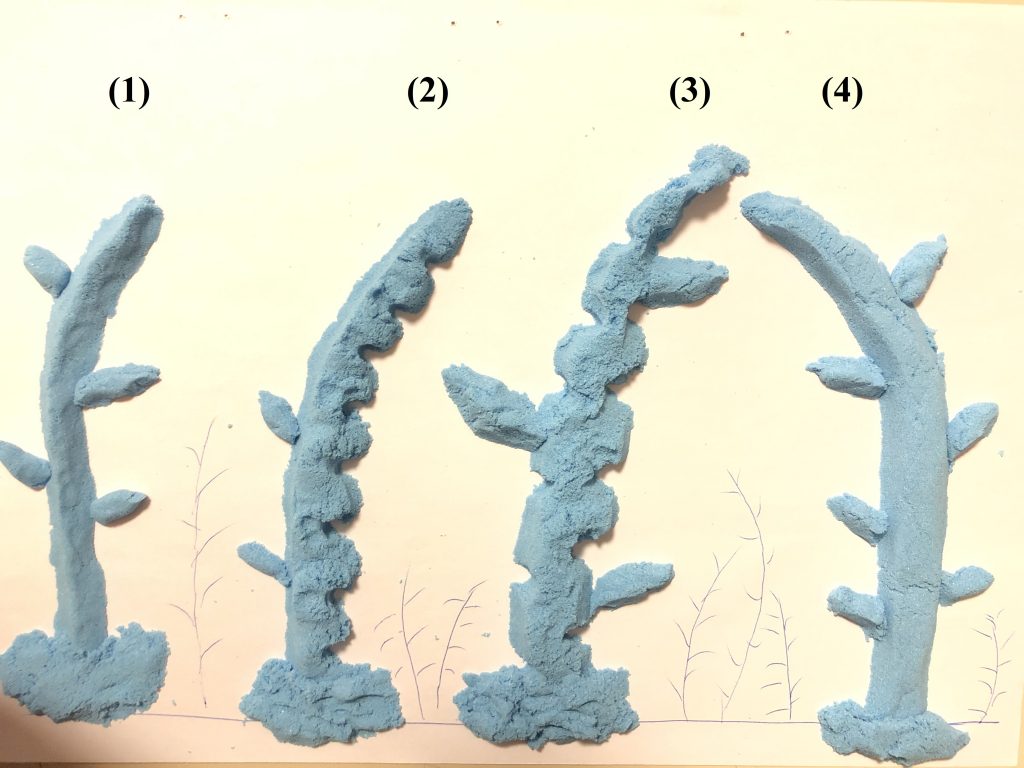
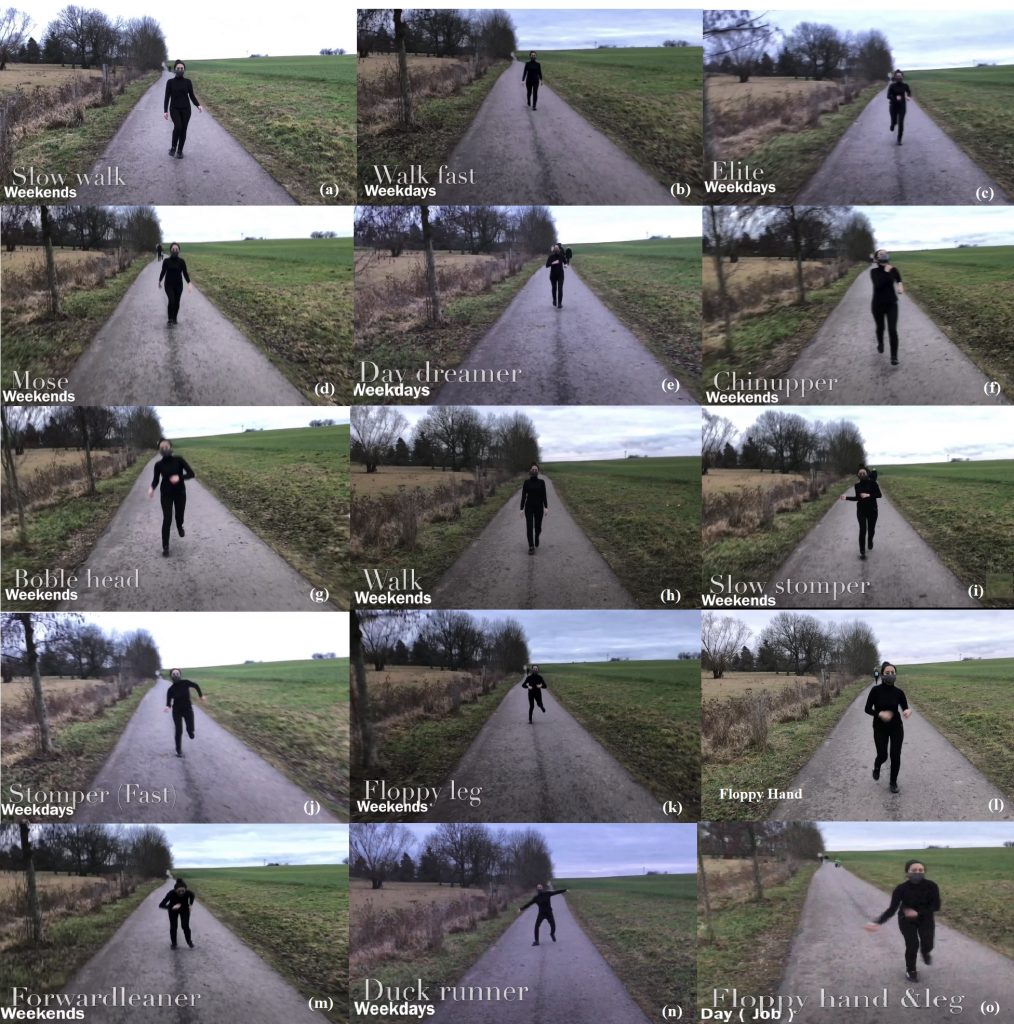
Diary 4: Environment and Senses.
Different sounds were observed, it has been shown in cactus made of sand. There are 4 cactuses, and each shows a different situation and sound. The first one is the sound of birds, the second is an alarm clock, the third is flatmates voice and noise, and the last one is other sounds that are not distractable at all.
The surface of the cactus shows how soft and enjoyable is the sound; the straight surface shows good sounds while the fewer cracks on the surface of the cactus show a little bit distractable. The number of small twigs in each cactus shows the number of specific sounds which has been heard.
Diary 5: How I spend my time.
In this data diary, different ways of running showed the daily activity. How do I spend my time, it is different each day, so it is categorized into three groups: Weekend, Normal weekdays, and workday (Job).
(a) slow walk, (b) walk fast, (c) Elite, (d) Mose, (e) day dreamer, (f) chinupper, (g) boble head, (h) walk, (i) slow stomper, (j) stomper fast, (k) floppy leg, (l) floppy hand, (m) forwardleaner, (n) duck runner, (0) floppy hand and leg.
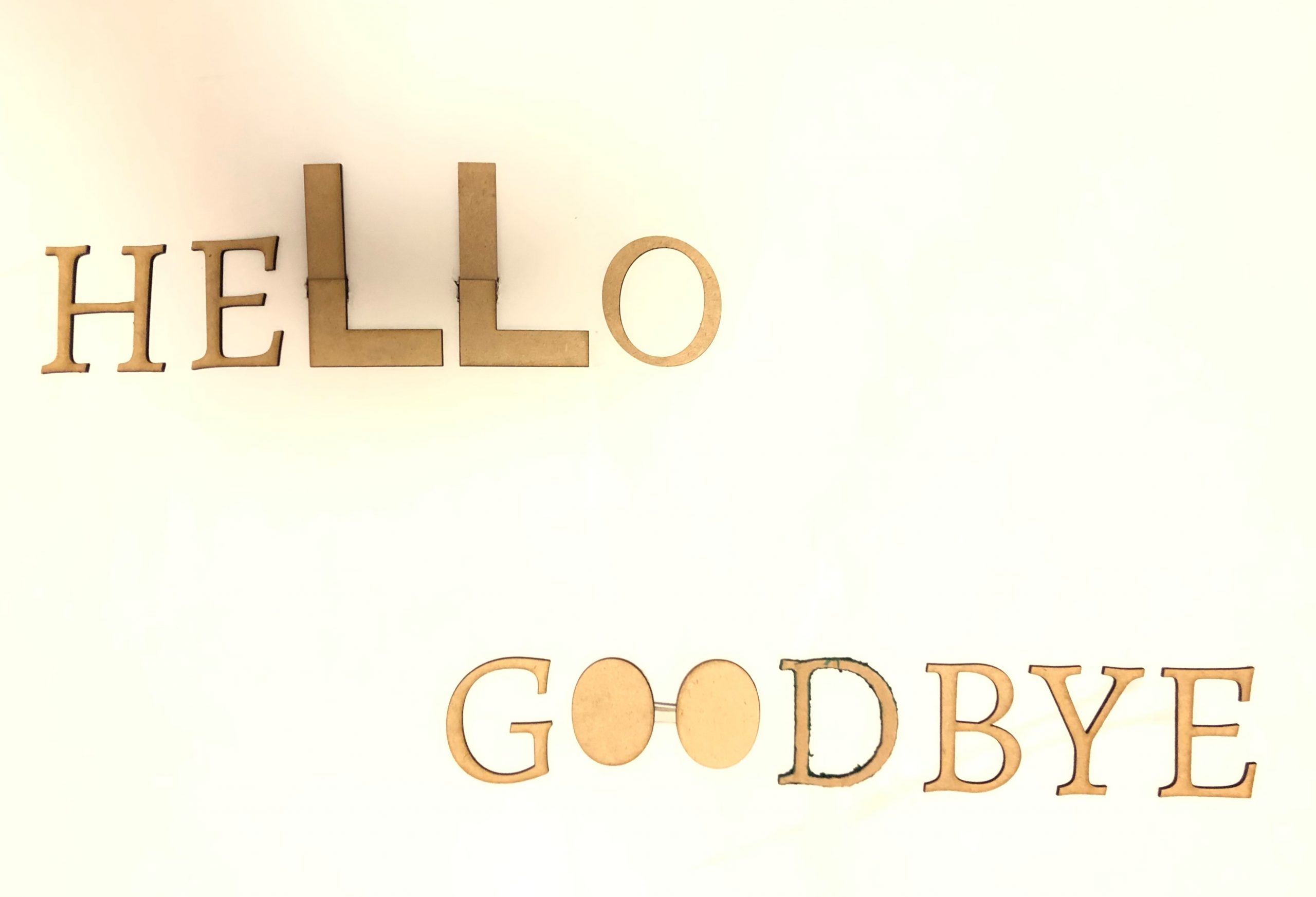
Prototype
To start the implementation, I considered the technical part. As there are two prototypes, two different motors have been used. The servo motor rotates 90 degrees it has been used for the task which shows “Hello” but for “Goodbye” a full rotation of 360 degrees stepper motor has been used. The Arduino board, button, slider, and laser cut cardboards are other devices and accessories that have been used. Apart from that, DVR8825 and capacitor 100 µf have been used with a stepper motor. The laser-cut of cardboards are attached to motors, it has teeth, they can control the motor and the letters to move perfectly. The first prototype works by pressing the button. Single tap, double-tap, triple-tap, four taps and hold. Each tap shows one day, and by pressing a button the letter “LL” is getting longer and shorter. The higher movement of the letter “LL” shows the higher number of hellos while the shorter movement shows the smaller number. The second prototype interacts with the slider. The slider goes from right to left, the speed of rotation of the letters “OO” in a circular direction. Higher the number of goodbyes the higher the speed of rotation of the letters and vice-versa. Finally, the creativity of using the electronics with paper crafts and the physicalization of data in several projects which combined the technology and cardboards was a fascinating inspiration for finalizing the “Greetings” prototype.
Next steps
For future research, it should be discussed with designers, artists, and electronic professionals to consider the data selection and usage will be a good decision. Designers have many experiences of physicalization and the electronics professionals consider selecting the proper device for physicalizing design. I will be happy to enhance the research in this area and explore more about human and their interaction especially with sensors and actuators to detect the five senses of human and physicalizes meaningfully.

